|
Do you know that jazz classic? I particularly like the Nina Simone version. We've been thinking about natural dyes around here, especially after we admired all of Carol Leigh's natural dyestuff at the Carolina Fiber Festival. She has Hillcreek Fiber Studio, her booth was right across from ours and Kristen and I were spending our proceeds as fast as we could make them. (That's often a pitfall of vending at good fiber shows.) In theory, I would love to make the transition to all natural dyes, especially with all of the potentially colorful vegetation around here but at this point we find that complicated and labor intensive. The colors tend to be more muted and the subtlety is part of their charm, of course, but for sharp vibrant colors acid dyes are fast and easier. That's not to say we won't persist. Kristen was only back in Atlanta for a few days before she called to say that her home was literally awash with color and she doubted her bathtub would ever be white again. She achieved some beautiful colors and I'm certain they will find their way into some of our felting and spinning batts at the Friends and Fiberworks Summer Retreat and then SAFF. The logwood is particularly intriguing. 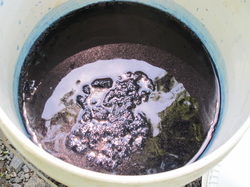 That would be the "flower" floating on top of this concoction. Note the greenish color; things don't really turn blue until you take them out of the dye bath and the indigo oxidizes. The other day Paddy and I decided to try our hands at indigo dyeing and we set up a giant bucket of the stuff out in the drive. Soon we were up to our elbows in blue wools and silks. Indigo has been used as a dye for two thousand years, give or take, and until the late 1800s it all came from plants. In the 1880s it was first chemically synthesized and virtually all of it is today. Plant or synthesis, it's a complex chemical process, because indigo doesn't dissolve readily and it also has to be reduced and then oxidized to get that nice strong blue color. Historically, working with indigo dye has been fraught with hazards because of the chemicals. Another way to process it is with some salt and lots and lots of stale urine. Paddy and I couldn't produce enough of that in a hurry and impatience led us to use the indigo dye kit that Dharma Trading sells.
I think we had mixed results. We had difficulty maintaining the intensity as a lot of the blue faded out during subsequent felting. I liked the shades that we did get and perhaps if we kept it in the dye bath longer or re-dyed it several times we would have gotten darker blues. In any case, Willow approved and that's pretty much what matters around here these kitten days. If you would like some indigo merino roving or indigo dyed scarves, drop me a line.
8 Comments
|
VickiOctober 1- we launch the new website! Archives
July 2012
Categories
All
|
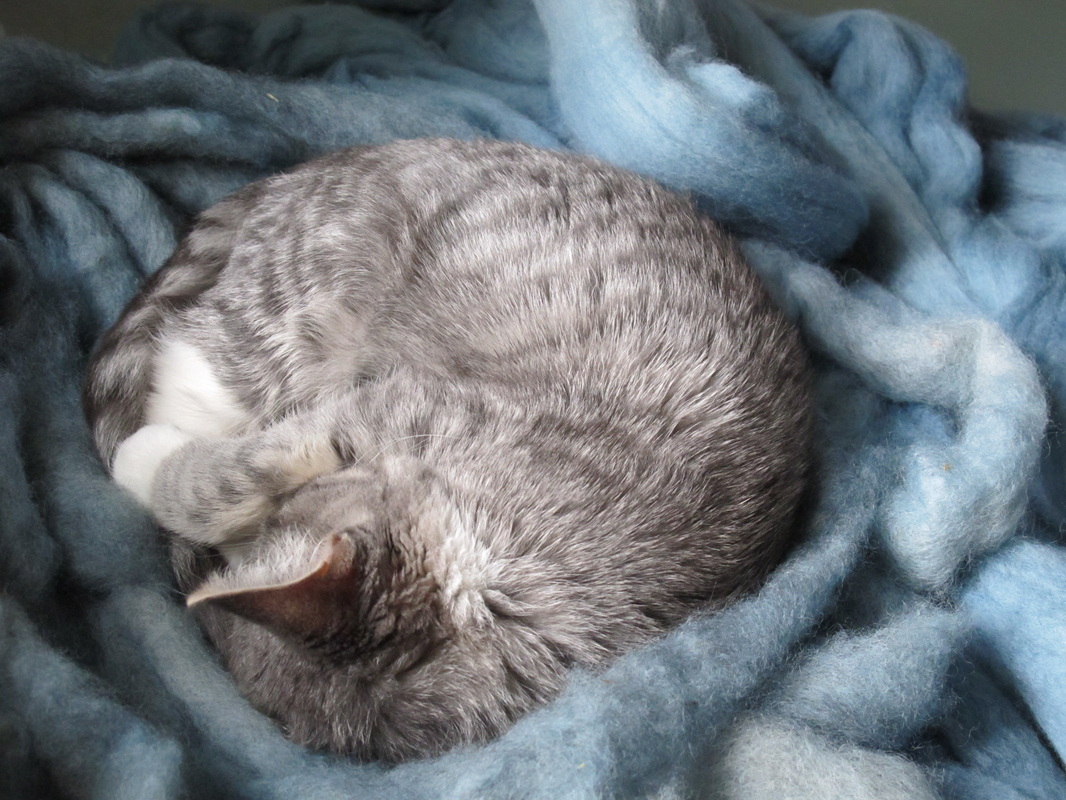
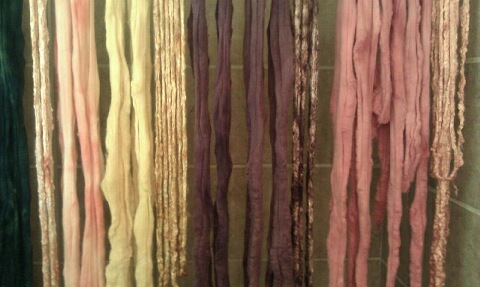
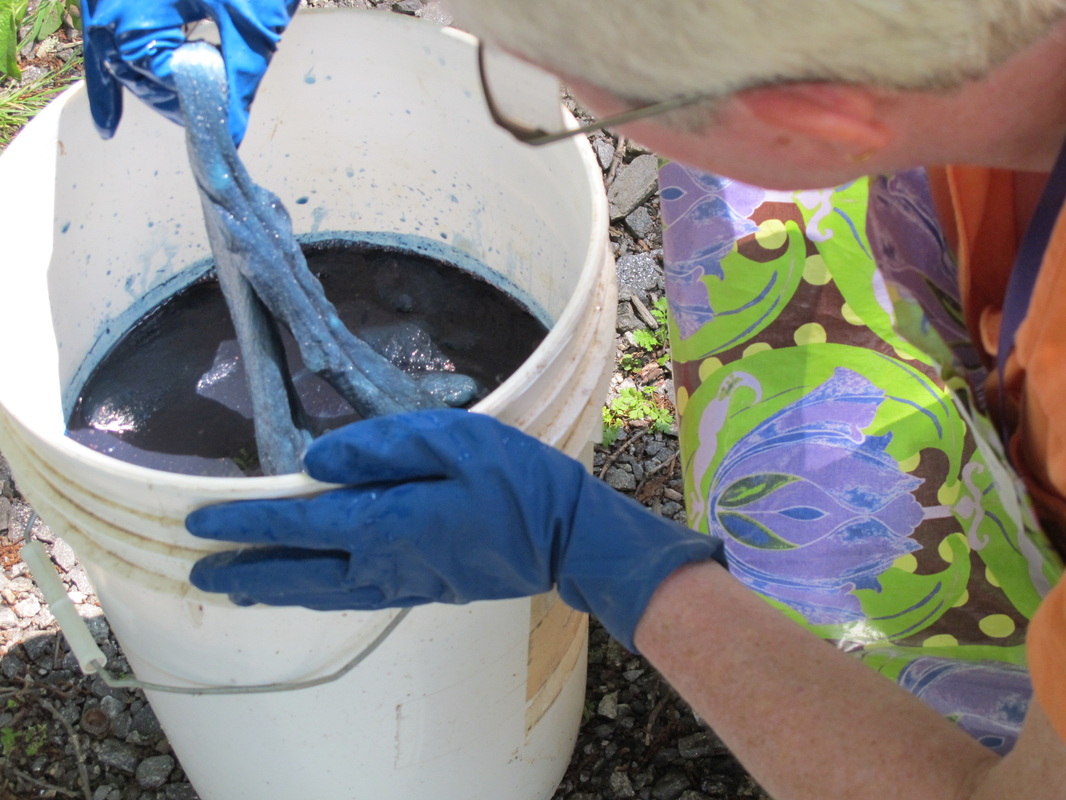
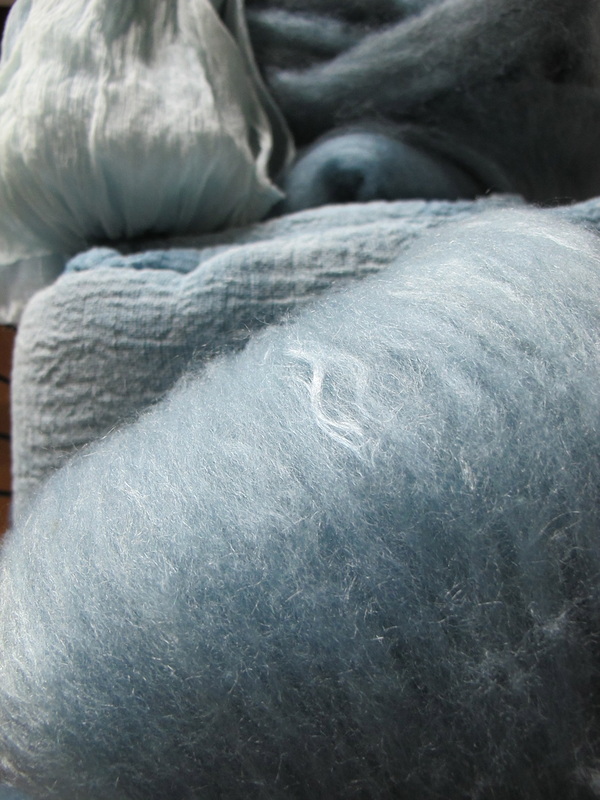
 RSS Feed
RSS Feed